Recognizing sustainably produced wool clothing
How do I recognize sustainably produced wool?
Processing sheep’s wool into clothing has a long tradition – but how sustainable is wool as a material, and what can you look out for when buying it?
We will inform you about the various properties of wool, the controversial mulesing and important certifications.
Wool - an animal product
For more than 10,000 years, man has been processing wool into warm clothing. For a long time, wool was a precious material that only wealthy people could afford. Today, sheep’s wool is imported on a large scale, mainly from New Zealand and Australia.
Every year, according to the International Wool Textile Organisation (IWTO), more than one billion sheep worldwide produce more than one million kilograms of wool.
Wool is obtained from the fur of sheep or lambs by shearing or combing it out at least once a year – usually in early summer. The quality of sheep wool is based on the body regions of the animal. Therefore, the highest quality wool comes from the sides, back and side neck areas of the sheep.
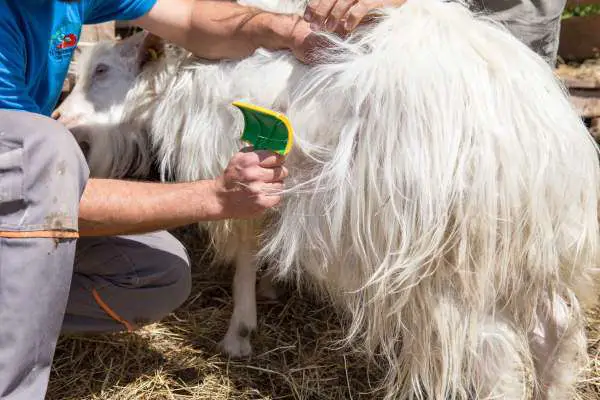
A cuddly soft cashmere sweater, a warming cap made of merino wool – textiles with wool flatter the skin and protect breathable from the cold in winter. Scarf or gloves made of wool are also popular as a Christmas gift for a sister, husband or mother.
But do you know how angora, cashmere or merino wool is produced? And do you pay attention to animal welfare and the use of pesticides in wool production when buying? How can you even tell as a customer?
We will answer these questions in detail.
* Disclosure: Links marked with Asterix or some picture links on world’s-finest-wool are affiliate links. All our work is reader-supported – when you buy through links on our site, we may earn an affiliate commission. The decision is yours – whether you decide to buy something is entirely up to you.
What makes a garment made of wool sustainable?
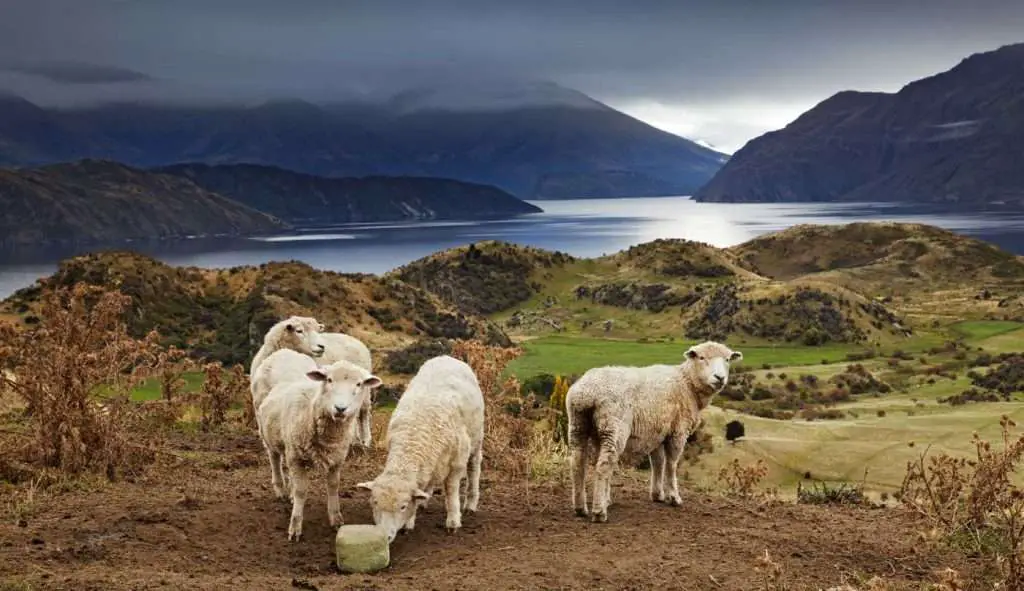
Several factors are crucial for the sustainable production of knitted wool and wool clothing. The International Association of the Natural Textile Industry provides an overview of which aspects are relevant for animal welfare:
- Animal welfare: no factory farming, no isolation, grazing in combination with shelters, sufficient space, sufficient feed according to the species, access to freshwater
- Medical care: no preventive medicine, only in acute cases. antibiotics are given only on the instructions of the veterinarian, and veterinary care is guaranteed
- Treatment of animals: tail docking and mulesing are prohibited, humane shearing and slaughter, only short animal transports
Mulesing: The problem “mulesing” with merino wool: Merino sheep are known for their particularly cuddly and soft fur. These sheep are highly bred for wool production, which means they have a lot of skin to grow wool.
However, parasites, such as fly maggots, often nest between these skin flaps in the tail area. Mulesing involves removing these flaps of skin.
So mulesing is a kind of circumcision to get rid of the problems caused by overbreeding. Mostly it is done on young animals because the wounds heal faster on them.
There is no question that this is a traumatic experience for young animals. Of particular concern is that the operation is traditionally performed without anesthesia.
Merino wool comes 90% from Australia, where mulesing is still practiced. If you want to be sure that you are buying mulesing-free merino wool, you must look for the appropriate certificates like Responsible Wool Standard (RWS) / ZQ Merino Standard or the country of origin, as mulesing has now been banned in New Zealand, for example.
Sustainable wool production also means avoiding factors that harm the environment.
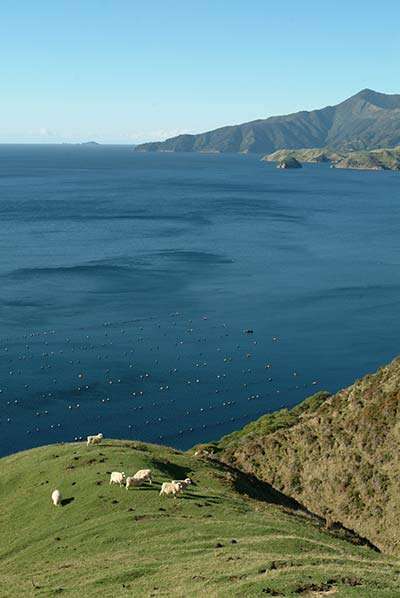
- Regular pesticide baths in sheep farming are a burden on soil and water.
- The fibers of the wool are bleached so that they can be dyed and processed better. However, chlorine bleaching is harmful to the environment, while oxygen bleaching is not. For environmentally friendly production, detergents must not pollute wastewater.
- When dyeing the fibers or yarn in the spinning mill, heavy chemical contamination should be avoided. If dye baths get into the groundwater, wastewater treatment plants must be able to filter the chemicals. In addition, production must take place in a closed cycle, and the chemicals are recycled.
- The use of formaldehyde and silicones must be avoided when processing the fibers.
Pesticides, Biocides and Dyes can also be triggers of allergies and skin irritations.
Sustainability also means high social standards throughout manufacturing and fair pay, regulated working hours, mistreatment, occupational health and safety, prohibition of child labor, labor law, freedom of association.
Sustainability in clothing not only protects the environment but also the wallet
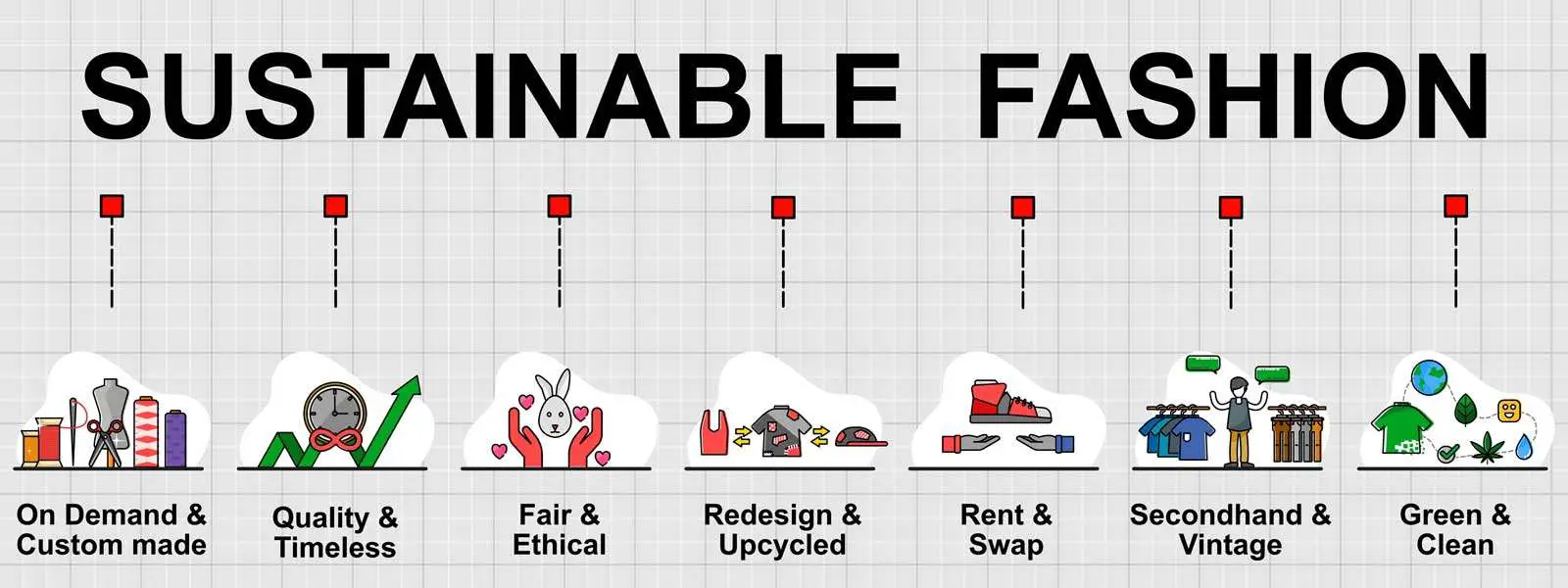
Ecological aspects of wool production
Which is more sustainable, wool or cotton? Which of the two natural raw materials has a smaller ecological footprint?
This question is not so easy to answer, because even in the case of cotton, the origin and the method of extraction are decisive. One of the largest global producers of cotton is Uzbekistan.
The dry and hot climate is ideal for the growth of cotton plants, but they need a huge amount of water for growth because cotton is actually a rain-forest plant.
In order to irrigate the cotton plants in Uzbekistan, water was taken from the Aral Sea, which at the beginning held 125 times as much water as Lake Constance.
In the meantime, it has shrunk to half that amount, and the water is saltier than seawater so that the population has hardly any drinking water left.
In addition, enormous amounts of fertilizers and pesticides are spread on the fields. For one T-shirt, according to projections, a total of about 2500 liters of water are consumed.1
How to rate the ecological footprint of sheep's wool
That depends entirely on the type of farming and the agricultural purpose. Mass livestock farming in arid Australia also requires enormous amounts of water.
In traditional sheep farming, on the other hand, where shepherds move their sheep from pasture to pasture, everything stays in a cycle. Green spaces grazed by sheep are even healthier, as the sheep eat away the weeds and strengthen the soil layer.
The wool is only a by-product here, as meat is traditionally very high on the nomads’ menu. Until there is a change of thinking in this respect, wool will continue to be produced as a by-product during breeding.
In this context, wool can certainly be described as a very sustainable raw material. In any case, it is important where and how the wool is produced. In any case, one should pay more attention to which materials are used in the textile industry and value them accordingly.
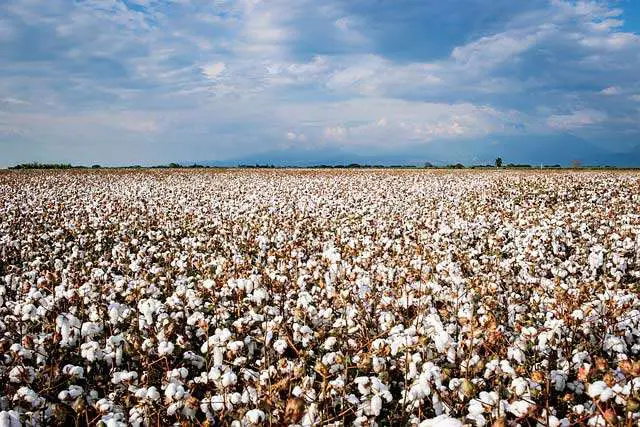
Which certificates stand for sustainability?
One problem is that it is difficult for consumers to trace wool production, especially if the wool comes from abroad.
Ideally, consumers should be able to assume that wool products available in the U.S. have been produced in accordance with applicable animal welfare, social and environmental standards and that this is easily recognizable.
There are some seals that help to recognize sustainably produced wool and wool products.
Two seals that strive for transparency are GOTS and RWS.
The international logo GOTS (Global Organic Textile Standard) stands for the environmentally friendly and socially responsible production of natural fibers as well as animal welfare.
The RWS seal (Responsible Wool Standard) is intended to ensure that animal welfare guidelines are adhered to during wool production, that farms are managed sustainably, and that supply routes can be traced transparently.
However, the popularity of these certifications is still in the niche area.
How do I recognize fair produced merino wool?
Fair conditions for animals and farmers, as well as transport and production chains: The OROTOVX WOOL PROMISE really takes a holistic approach to sustainability.
Merino wool has fallen into disrepute due to the use of Mulesing: This refers to the removal of the skin around the tail of animals without anesthesia to protect them from infestation by fly maggots.
Ortovox is clearly against this practice and only cooperates with farms that supply MULESING FREE MERINO WOOL. Over two years, discussions were held with many wool farmers, suppliers and producers to develop a binding standard.
For protection, the animals are sheared more frequently instead. In addition, the back breeding of the skin folds is encouraged. Regular audits at the farms ensure this animal-friendly approach.
The promises of the Ortovox Wool Standard
- no mulesing
- personal relations with wool farmers
- preserve nature
- transparency to the origin
Since 2012, Ortovox has been sourcing merino wool from sixtythousand sheep on selected farms in Tasmania. Utilizing the OWP, transparency is created for farmers and customers so that the farm production systems fully meet Ortovox’s high-quality standards.
Ortovox knows the farms from which the merino wool comes and is regularly on site. Ortovox takes feedback from stakeholders in the wool supply chain, ensures transparency, and continuously develops innovative solutions.
A traffic light system is used to independently check indicators for farm management, animal husbandry and welfare, land management, slaughter and transport. The areas are: Management, feed, infrastructure, health, animal husbandry, shearing, handling, slaughter, transport, land management.
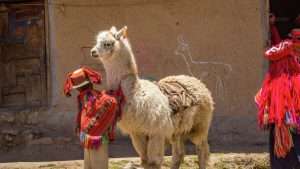
Best Places to Buy Alpaca Products in Peru: A Comprehensive Guide
When it comes to unique, luxurious, and warm textiles, Peru’s alpaca products stand out as a symbol of the nation’s …
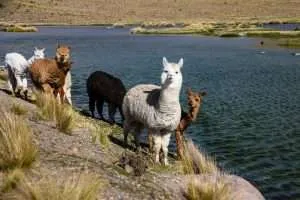
HOW ALPACAS HELP WITH CANCER RESEARCH
A recent study shows that Alpaca’s immune system is extraordinarily unique because it has the potential to treat various life-threatening …
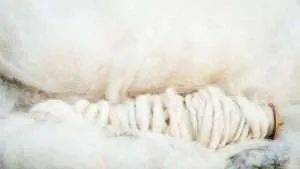
The Journey to Ethical Sourcing of Merino Wool Products: An In-Depth Look
In recent times, the ethical and environmental consequences of consumer choices have taken center stage, leading to an increased call …
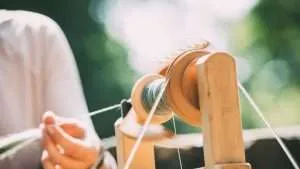
Best Spinning Wheels for Beginners: A Comprehensive Guide
Spinning wheels have a long history, dating back to ancient civilizations. Throughout the centuries, they have evolved to become efficient …
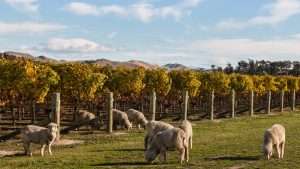
Flystrike Prevention and Treatment: Protecting Your Merino Sheep
Flystrike, also known as myiasis, is a common and potentially fatal issue that affects Merino sheep. This condition occurs when …

Knitting as therapy – Why knitting is good for your health?
Knitting as therapy – Why knitting is good for your health Knitting as therapy – Why knitting is good for …

Activities to Enjoy at Vail Ski Resort in Ski Season 2022-23
Activities to Enjoy at Vail Ski Resort in Ski Season 2022-23 Amazing Places – Activities to Enjoy at Vail Ski …
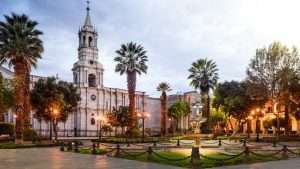
Arequipa’s Alpaca Magic: Industry Insights, Tours, and Shopping Gems
Arequipa, a gem of a city nestled in the heart of the Peruvian Andes, has a longstanding connection to the …
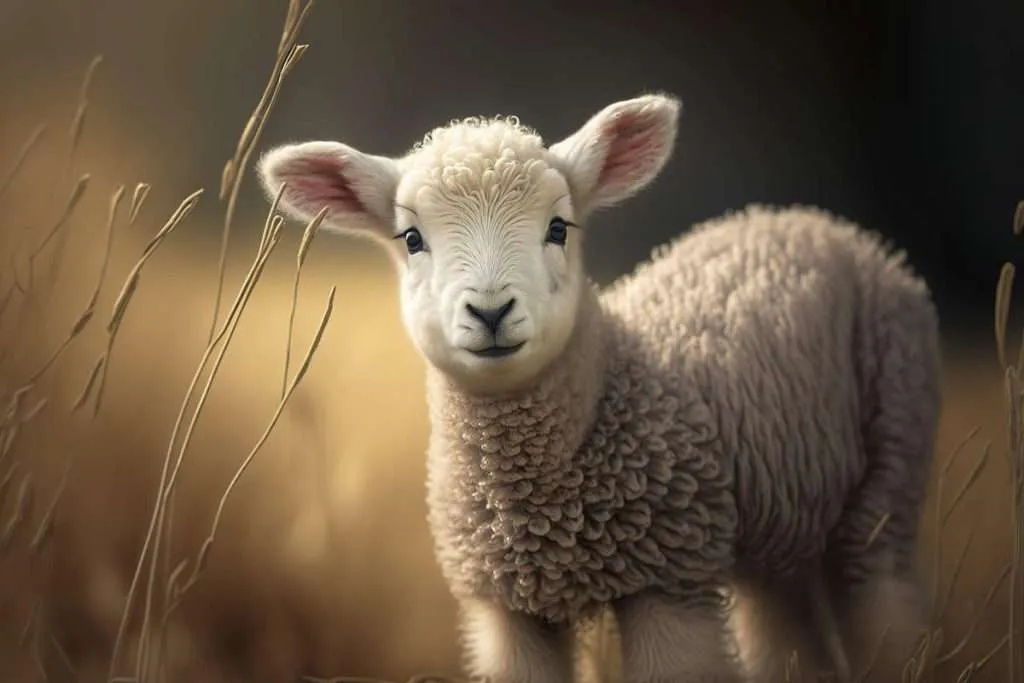
The Marvelous Merino: Exploring the World of Merino Sheep
The Marvelous Merino: Exploring the World of Merino Sheep Discover the World’s Finest Wool – Merino – The Merino Sheep The Merino Sheep A …
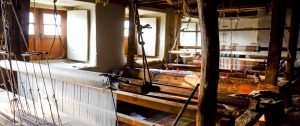
Did You know about the Origin and History of Cashmere?
What is the Origin and History of Cashmere? Throughout the fashion world, there is arguably no more coveted and luxurious …
Thank You for Reading
Kayla Kinsella
Kayla Kinsella is a freelance writer with a penchant for trying new things. She has a passion for words, which is reflected in her ability to transform even the most mundane of topics into a literary work of art. When she’s not working, you can find her traveling, listening to music, or checking out the latest sustainable fashion trends! Her preferred fabrics are merino wool and mohair from South Africa.
- Cotton in Uzbekistan: Water and Welfare
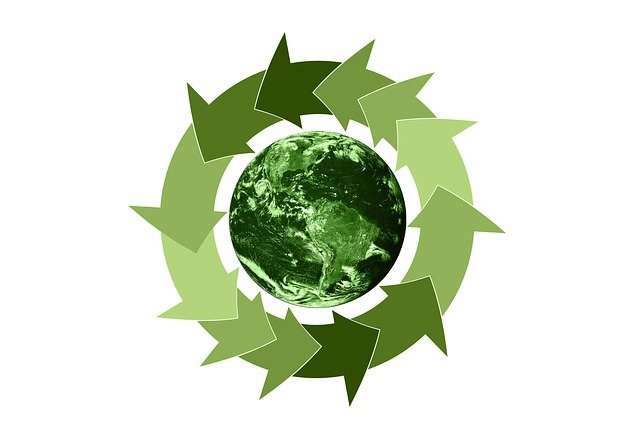
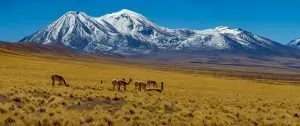
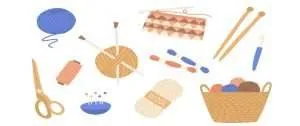
0 Comments